How and why the authorities concealed the truth about the Chernobyl nuclear power plant
26 April 2021, 08:00 | Adarya Hushtyn, TUT.BY
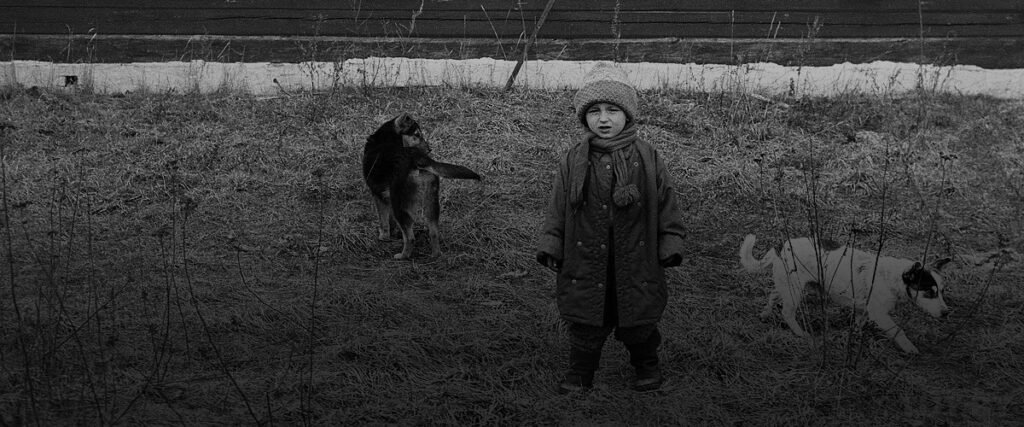
Source: Siarhei Brushko, TUT.BY
In February 1986, Mikhail Gorbachev announced the policy of openness and transparency (glasnost). Two months later, there was an explosion at the Chernobyl nuclear power plant. But the Soviet authorities were in no hurry to inform the population about it. The Swedes were the first to sound the alarm. We studied the declassified Politburo [executive committee of the Communist Party] meeting protocols to see how the truth was hidden from the people. We also consulted a sociologist on why the authorities had acted according to that scenario and whether it would be possible to hide such information from the people in today’s world.
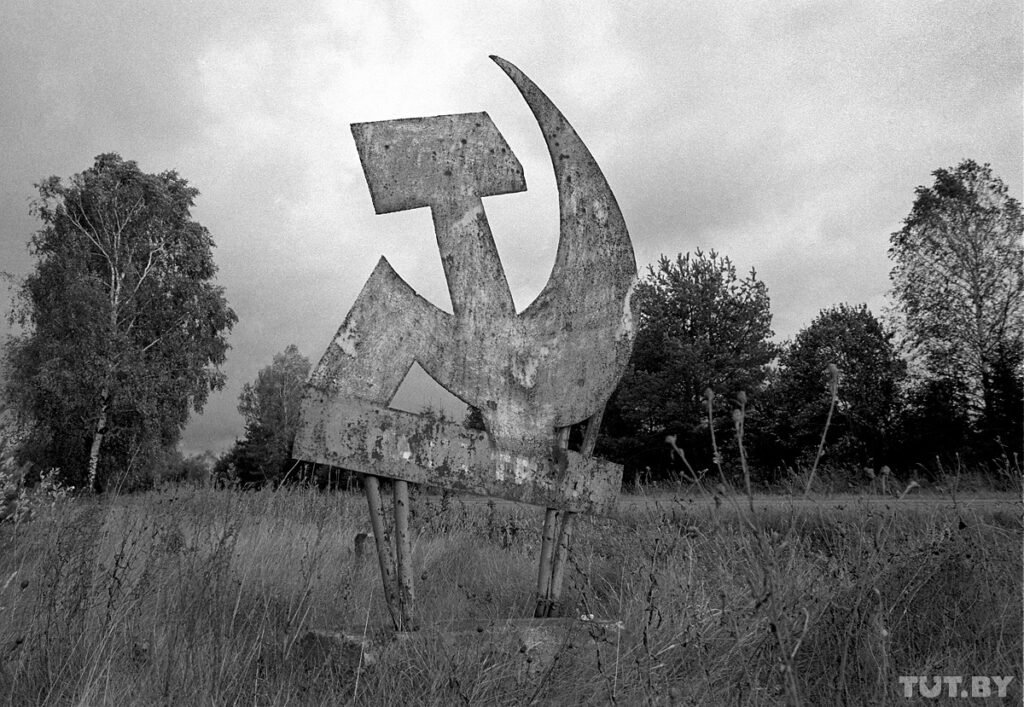
Source: Siarhei Brushko, TUT.BY
The Swedes were the first to sound the alarm
The employees of the Swedish nuclear power plant Forsmark noticed that their safety system had started to give off signals indicating radiation contamination. It turned out that the contamination was not associated with the operation of their power plant. Therefore, taking into consideration the direction of the wind, an assumption was made about an accident at the Chernobyl nuclear power plant. Attempts to figure out the situation through diplomatic channels led nowhere. Only after the Swedes threatened to submit an official request to the IAEA was the USSR forced to report the accident. On 10 May 1986, the members of the Politburo denied a request by the Swedish Minister of Energy and Environmental Protection to visit the USSR. The purpose of the visit was to exchange information on the safety of nuclear energy.
The first brief official announcement about the state of emergency was transmitted by the Soviet news agency TASS on 28 April 1986. Then, it was repeated during the main evening newscast show Vremya. But even on 7 May, when an article about the Chernobyl accident was published in the Pravda newspaper (its circulation was over 10 million copies), the information about the disaster was not printed on the front page. In that issue, there were reports on such “urgent” news like the CIA terrorist attacks on the people of Nicaragua, the Afghan counter-revolution committing a new barbaric crime against civilians, and an American warplane dropping a training round on a residential building in a Belgian city. The newspaper did not print a photo of the Chernobyl nuclear power plant. But it was reported that as a result of the accident at the station, two people had died, more than a hundred had gotten radiation poisoning, and 204 people had been hospitalized with radiation sickness. No clear instructions were given to the people on how they should act to protect themselves. By that time, May Day demonstrations involving thousands of people had already taken place across the country. The ceremonial events were not canceled and the employees of entire factories and educational institutions were in attendance.
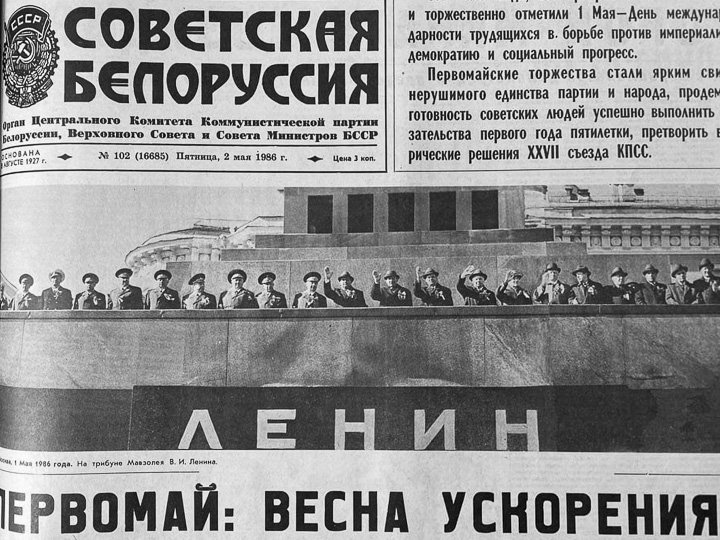
Source: TUT.BY
The Sovetskaya Belorussia newspaper duplicated the same announcement that had been made at a press conference at the Foreign Ministry and was previously printed in Pravda. At the conference, deputy Minister Anatoly Kovalev reported on the situation:
“Of course, what happened at Chernobyl is a disaster. But lessons are learned not only from achievements but also from tragedies. We are not the first to suffer from an accident at a nuclear power plant. Similar cases have happened in other countries. What has happened once again shows what kind of caution should be exercised in handling nuclear energy.”
At a meeting in Tokyo, the leaders of seven developed countries reproached the USSR for not providing information about the explosion at the Chernobyl nuclear power plant. Kovalev immediately retorted that “this reproach is in no way possible to accept”:
“As soon as we obtained reliable data, they were reported immediately. As soon as we figured out the facts on the ground, taking into account the actual state of affairs, we reported the situation and continue to report almost on a daily basis. When an accident occurred in the United States in 1979 (the accident at the Three Mile Island NPP – TUT.BY), the American side did not immediately understand the reasons for the incident and provided the information to the US Senate only after 10 days. And the IAEA received the information almost two months later.”
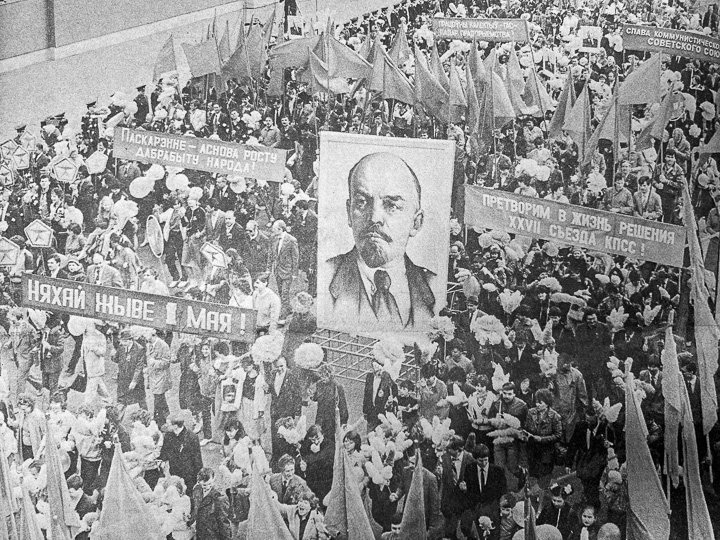
Source: TUT.BY
The statements and actions of the Soviet officials made it clear that the Cold War was still on. It was much more important to reproach Western “ill-wishers” than to provide truthful information to their own citizens.
“These days, one could once again be convinced of the subversive nature of the activities of some voices of the Western radio. Western propagandists, in their desire to slander the Soviet Union, grossly ignored the facts reported by the Soviet side and disseminated false information,” said Boris Shcherbina, the deputy chairman of the USSR Council of Ministers.
Mikhail Gorbachev made his address only on 14 May.
Panic grew by the day
People were informed of the accident in the district press in the same manner. So, the newspaper Prypiatskaya Prauda, which was published in Naroulya, an area that suffered significantly as a result of the Chernobyl disaster, wrote in early May 1986 that “the imperialists unleashed hysteria around the tragedy”:
“Rapid scientific and technological progress brings not just great achievements but also material and human casualties. This is true for any area of human activity. For every progress, humanity has to pay a price. Space exploration also did not happen without casualties. One can recall the 25th launch of the seemingly thoroughly inspected American space rocket.”
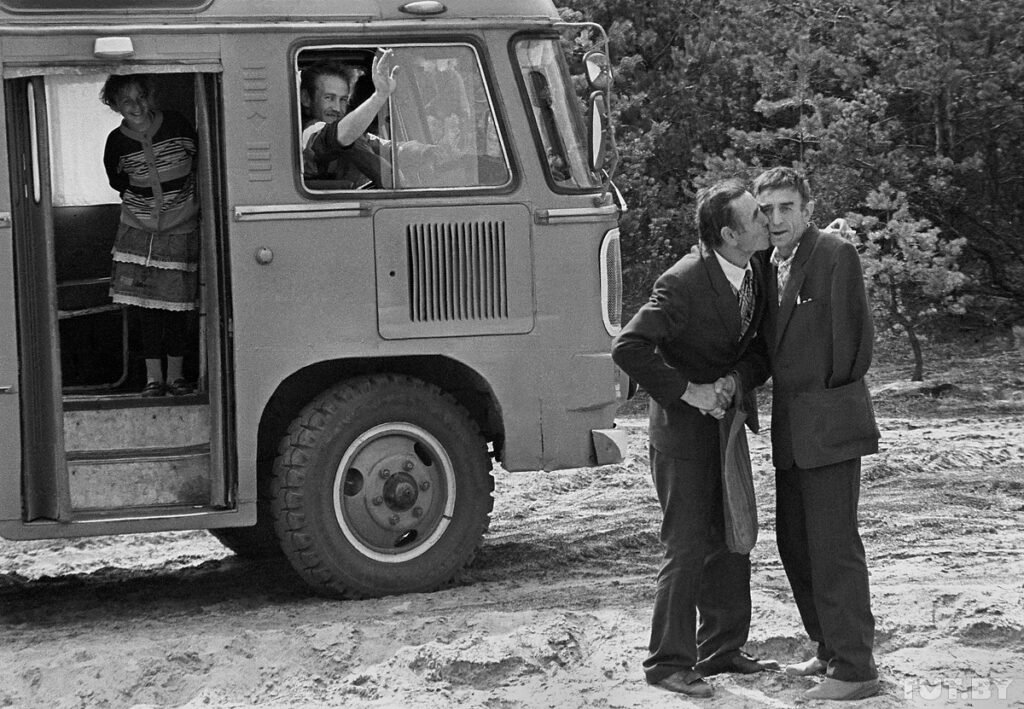
Source: Siarhei Brushko, TUT.BY
And then, the Department of Public Health of the Homel Regional Council reported in Prypiatskaya Prauda that the existing level of radiation was not posing any danger to health and was not preventing anyone from working. At the same time, officials recommended drinking more water, taking vitamin C, abstaining from recreational outdoor activities, and limiting the time children and pregnant women spent outside. They also advised against consuming milk produced in private households and asked to donate all milk to the reception centers of the state dairy factories. The article said that the situation was improving and there was no need to take any medications. At the same time, it mentioned that some residents had made a decision to leave for Minsk and even Moscow while they were supposed to stay and undergo medical check-ups locally.
The next issue of the newspaper included a message from the Head Physician of the Naroulya region. He reassured that the radiation situation had normalized. At the same time, residents were advised to wear a hat and long-sleeved clothing while outdoors, shake their clothes before going indoors and leave clothes outside the door, carefully wash their hands and faces before eating, and take a shower or a bath every day. People were also advised to wet clean their houses daily, keep their windows closed, abstain from consuming milk and meat products from their own households and vegetables from personal gardens, switch to canned food, and give up drinking water from wells.
Alla Yarashynskaya was a journalist in 1986. The distance between her native Zhytomyr and Chernobyl is about 200 km. She followed developments at Chernobyl from the early days. Later, Yarashynskaya became a member of parliament. Thanks to her, the classified meeting protocols of the task force of the Politburo of the Central Committee of the Communist Party of the Soviet Union (CPSU), which dealt with the elimination of the consequences of the tragedy, are now available.
In her book “Chernobyl: Top Secret”, Yarashynskaya writes that despite the fact that the Soviet media did not officially broadcast any reports about the explosion at the Chernobyl nuclear power plant, panic was growing by the day in the nearby cities of Kyiv, Zhytomyr, and Chernihiv.
“Nobody knew what had happened exactly. The most incredible rumors were spreading. Iodine vanished from pharmacies. Many, believing that it was possible to protect themselves from radiation with the help of iodine, drank it in its pure form, burning their larynx and intestines. The official medics were silent. Finally, ten days later, the Minister of Health of the Ukrainian SSR made valuable recommendations to keep windows closed and carefully wipe one’s shoes on a wet rag when entering the house. Wet cleaning living spaces was also advised. That was all on radiation prevention. That meager message created even more panic.”
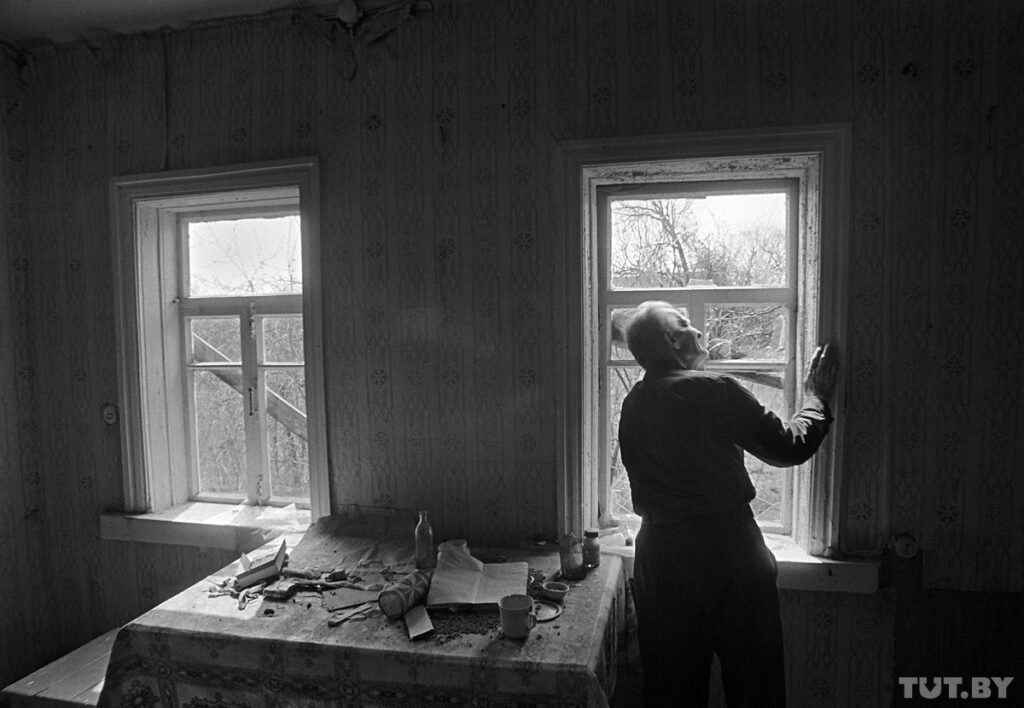
Source: Siarhei Brushko, TUT.BY
The citizens of the Soviet Union had first learned of an explosion at the fourth unit of the Chernobyl nuclear power plant and the increase in baseline radiation values while listening to foreign radio.
“The 1st of May spring holiday was approaching and probably no one wanted to believe that something terrible and irreparable had actually happened,” Yarashynskaya recalls in her book. “On 1 May, millions of people in Zhytomyr, Kyiv, Chernihiv, and other cities and regions of the Soviet Union took part in festive demonstrations. It was a very hot day. Not just warm, but hot. Children in national costumes, inhaling radioactive waste, were dancing, delighting the eyes of the communist leaders who greeted the demonstrators from a high grandstand. People who were aware of the truth tried to escape the area. Huge lines formed at public transport ticket offices.”
May Day demonstrations were also held in Belarusian cities. Central and regional media published joyful reports about it.
Austrians refused to go to work, evacuation was underway
The first meeting of the Politburo task force on the elimination of the consequences of the explosion at the Chernobyl nuclear power plant took place on 29 April 1986. After that, the group met daily until mid-May. Starting from 4 May, the group had messages flowing in on hospitalization rates: on 4 May 1,882 people were hospitalized, on 5 May – 2,757, on 6 May – 3,535, on 7 May – 4,301.
On 8 May, the Ministry of Health of the USSR approved new standards for permissible levels of population exposure to radioactive radiation which exceeded the previous ones by 10 times. In special cases, an increase of 50 times was allowed. Thus, on 8 May, thousands of people were “healed” without any treatment and medicine.
The Politburo task force worked behind closed doors. Three years later, in 1989, at a joint meeting of three committees of the Supreme Soviet [council] of the USSR, a resolution was adopted. The resolution proclaimed that “during the first two years after the accident, the generalized medical and dosimetric information was classified”.
The secret meeting protocol of the operative group reads: “Agree with the proposal of the USSR Ministry of Health on the necessity of publishing data on the number and condition of patients treated at Moscow hospital no. 6 [Moscow City Clinical Emergency Hospital No. 6] taking into account the fact that American specialists work at this hospital.” Thus, in some cases, truthful information still leaked out. Still, most of the Western specialists, despite their offers to help, were not allowed to come to the USSR.
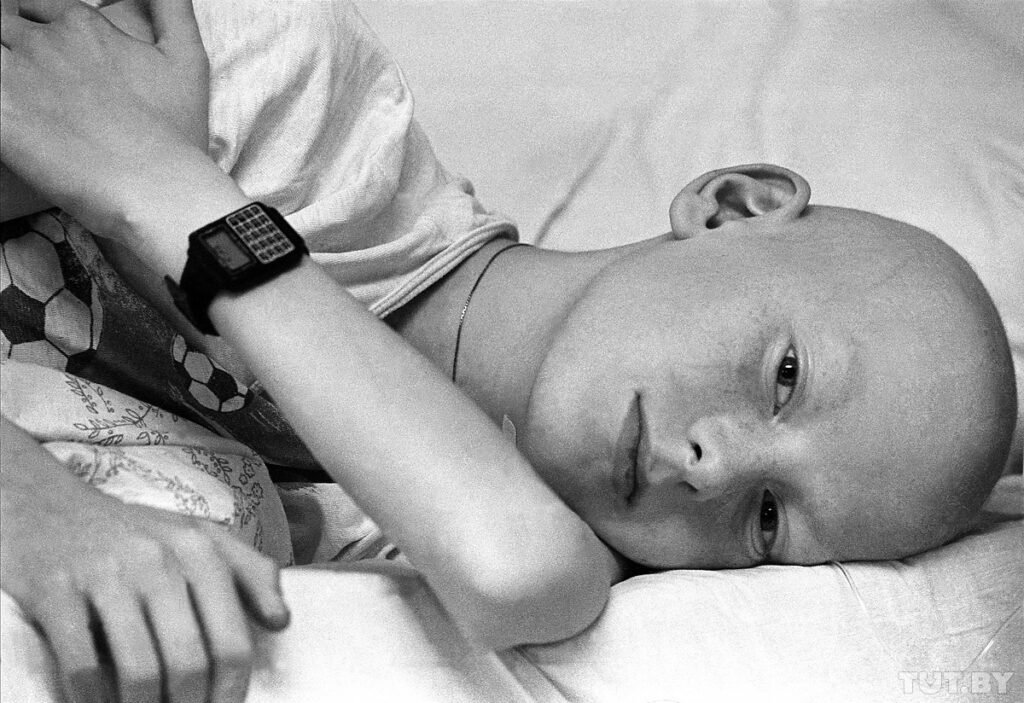
In this way, the Soviet authorities refused the offer of help from a group of British oncologists. France offered to supply a railway carriage designed to carry out mass measurements of body radioactivity for Cesium-137 (the most problematic of the short-to-medium-lifetime fission products) in particular. But this offer was not accepted either. USSR Minister of Health Sergei Burenkov reported to the Chairman of the Council of Ministers of the USSR that “the proposal is of undoubted interest, but it cannot be ruled out that the carriage may contain hidden equipment for collecting data on the levels of radioactive contamination of the USSR territories, equipment for recording conversations, and other reconnaissance technical devices”.
Meanwhile, the Austrian workers and specialists involved in the construction of a metallurgical plant in the Homel region refused to go to work in May 1986. At a meeting of the task force of the Politburo, it was noted that the evacuation of Austrian citizens back to Austria was underway.
How contaminated meat and milk were utilized
On 1 August 1986, a new standard for the permissible level of radioactive substances in milk was adopted throughout the USSR. However, in some areas of certain regions of the Belarusian SSR, part of the milk received still contained radioactive substances at the previous level and had not yet settled at the level of the newly introduced standard. Local authorities reported to Moscow that it complicated an uninterrupted supply of milk to the population of these regions.
“The introduction of the new standard is allowed to be postponed until 1 November 1986. Such produce should not be exported,” the Politburo task force concluded.
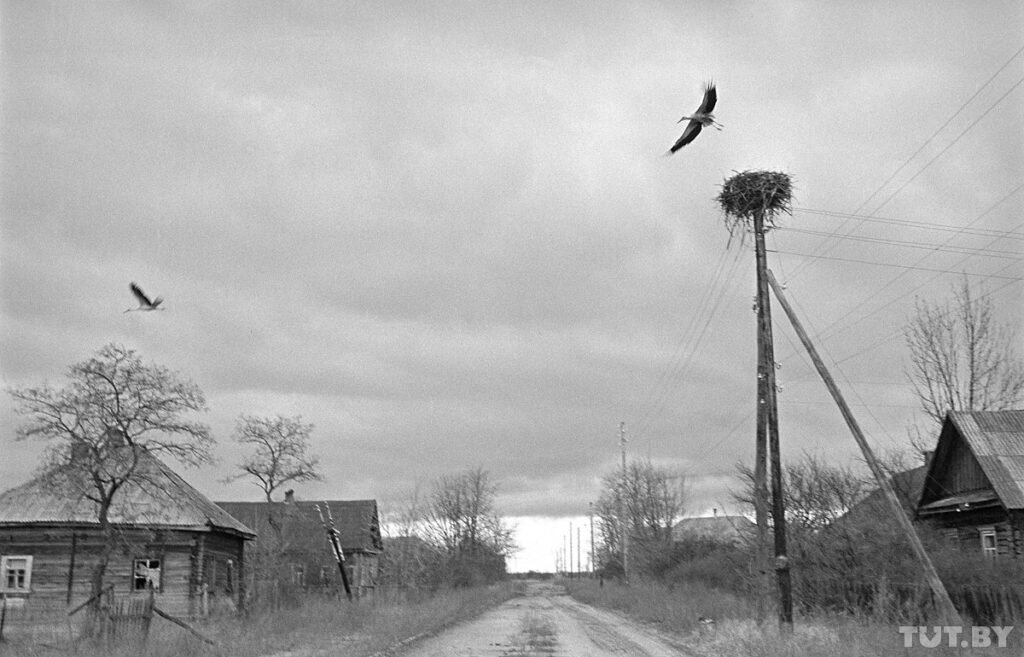
Source: Siarhei Brushko, TUT.BY
Povalyaev, a former employee of a subsidiary farm of the Central Committee of the CPSU who became one of the advisers on radiobiology after the Chernobyl disaster, spoke out on how contaminated meat and milk had been used at that time.
“The meat of the animals that were slaughtered in Chernobyl was inedible as its level of Cesium-137 was 4–5 times higher than the standard of that time. We used to put it in the refrigerators and begin to release that meat to the processing plants in portions with the following instructions: add 20% of the ‘dirty’ meat to the ‘clean’ one until an acceptable [radioactive] concentration is obtained. This meat was distributed throughout the Soviet Union, with the exception of Moscow and Leningrad. Milk was a fairly serious source of radiation too. We did what we could. During the first year, we saved about 8 million [Soviet] rubles. Milk was processed into butter and farmer’s cheese instead of being discarded. If the farmer’s cheese was stored for four months it would be clean of radiation, the butter would almost be clean.”
“Moscow authorities do not want to believe what has happened”
However, ordinary people hardly knew the whole truth. The first meeting of the Politburo task force was chaired by Gorbachev himself. They were deciding what information about the tragedy should be shared internationally. The minutes of the meeting noted: “Gorbachev: ‘The more honest we are, the better.’” But one paragraph later, Gorbachev is recorded saying: “When we provide information, we must say that the station was put on scheduled maintenance so that no shadow falls on our equipment.”
Nikolai Ryzhkov, the Chairman of the USSR Council of Ministers, suggested that it was advisable to release three messages: one for the people of the USSR, another for the socialist countries, and yet another one for Europe, the USA, and Canada. And the members of the Politburo supported him.
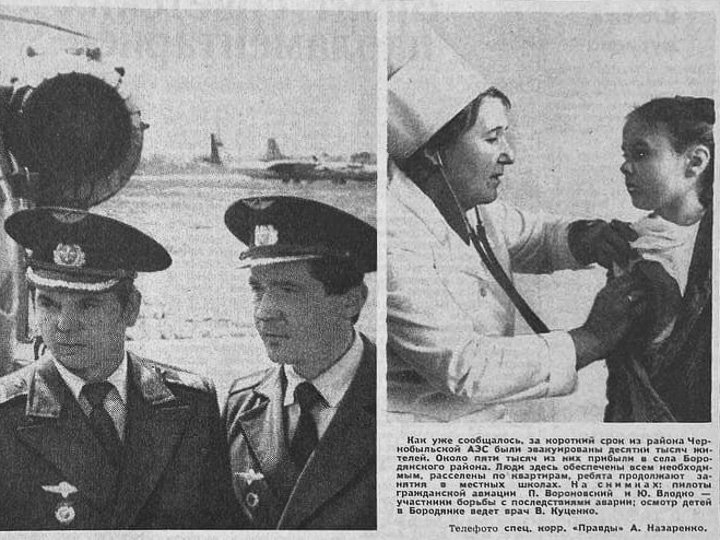
Source: TUT.BY
The press was not allowed to attend the meetings of the task force. At each meeting, the task force decided what was allowed to be released in printed media and television. Each significant publication on the topic of the Chernobyl accident was coordinated. On 1 May 1986, the members of the Politburo decided to send a group of Soviet correspondents to the areas adjacent to the Chernobyl nuclear power plant site in order to prepare materials for the press and television “testifying to a normal life in these areas”. The journalists were supposed to report primarily on how the authorities were helping to solve the problem and how Soviet citizens were involved in eliminating the consequences of the accident. Moscow officials ordered the local [Communist] party activists to work with the population in order “to expose the fabrications of bourgeois propaganda and various kinds of rumors”.
On 8 July 1986, Izvestia newspaper correspondent Nikolai Matukovsky sent a message to Moscow:
“This telegram should not be shown to anyone except the editor-in-chief. Destroy the copy. Information. I would like to inform you that the radiation situation in Belarus has become much more complicated. In many areas of the Mahiliou region, radioactive contamination was detected at a level which is much higher than the level in those areas that we have been writing about. According to all medical standards, living in these areas is associated with an immense risk to life. I got the impression that our comrades are at a loss and do not know what to do, especially since the corresponding Moscow authorities do not want to believe what has happened. I am informing you about this by telex since all telephone conversations on this topic are strictly prohibited.”
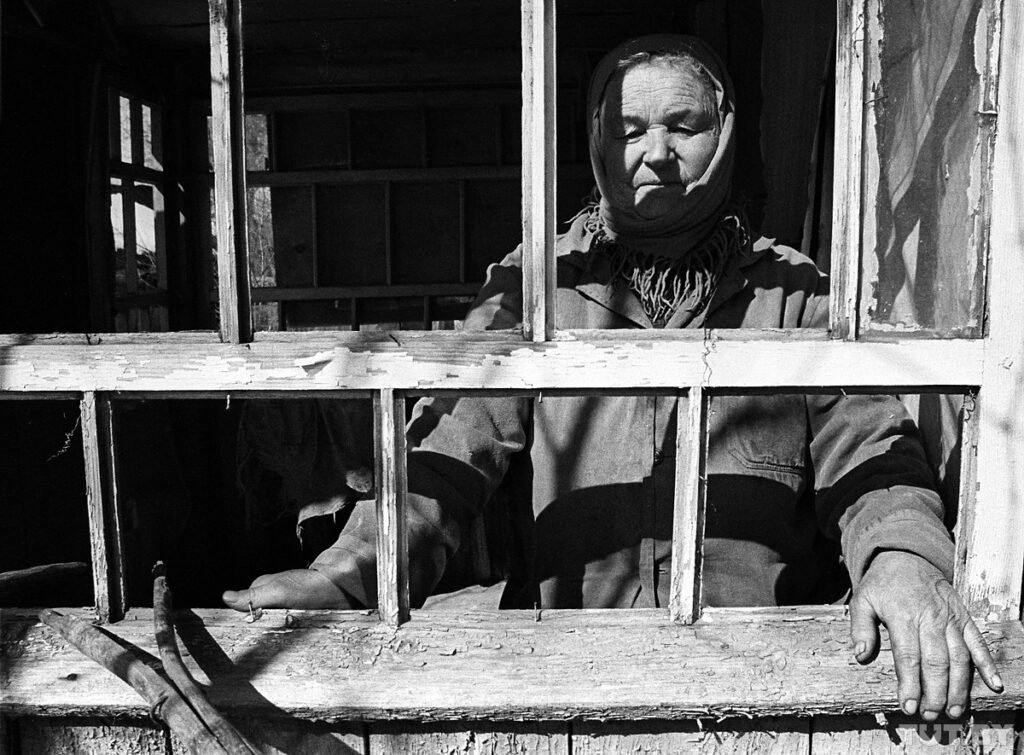
The editor-in-chief handed that telegram to the Politburo task force and the decision was made to check the radiation situation in the areas mentioned in the message. Soon, it was recommended to consider the evacuation of the population from certain populated places of the Mahiliou region (more than 4,000 people).
An interesting fact is that the most awards for the elimination of the consequences of the accident at the Chernobyl nuclear power plant were received by officials, members of the governments of Russia, Ukraine, and Belarus – more than 1,400 awards in total. For comparison, the representatives of the Ministry of Atomic Energy received 300 awards, of the Ministry of Health – 400, and of the Ministry of Internal Affairs – 500.
Why the Soviet government concealed the truth
Sociologist Henadz Karshunou explained that the Soviet regime was not inherently focused on human rights. Big tragedies were justified by big goals.
“In Soviet ideology, the interest of large masses of people, the collective, and the country were placed higher than the interests of one individual,” Karshunou explains. “People’s conditions from a humanistic point of view were of no interest to the authorities. For example, in order to achieve big goals and the development of nuclear energy, great sacrifices were permitted. Also, the Soviet government, especially during the Cold War, was characterized by the desire to conceal any information, and even more so information that casts doubt on the country’s achievements. If it is possible not to talk about something, the Soviet government will not speak about it. And it would only say what it sees fit. According to Soviet ideology, the media and propaganda talked about what should have been and not what was happening in reality. In addition, in the case of the Chernobyl disaster, the concealment of information can be explained by common confusion. After all, this was a very large man-made accident, and I think one of the goals was to prevent wide-spread panic.”
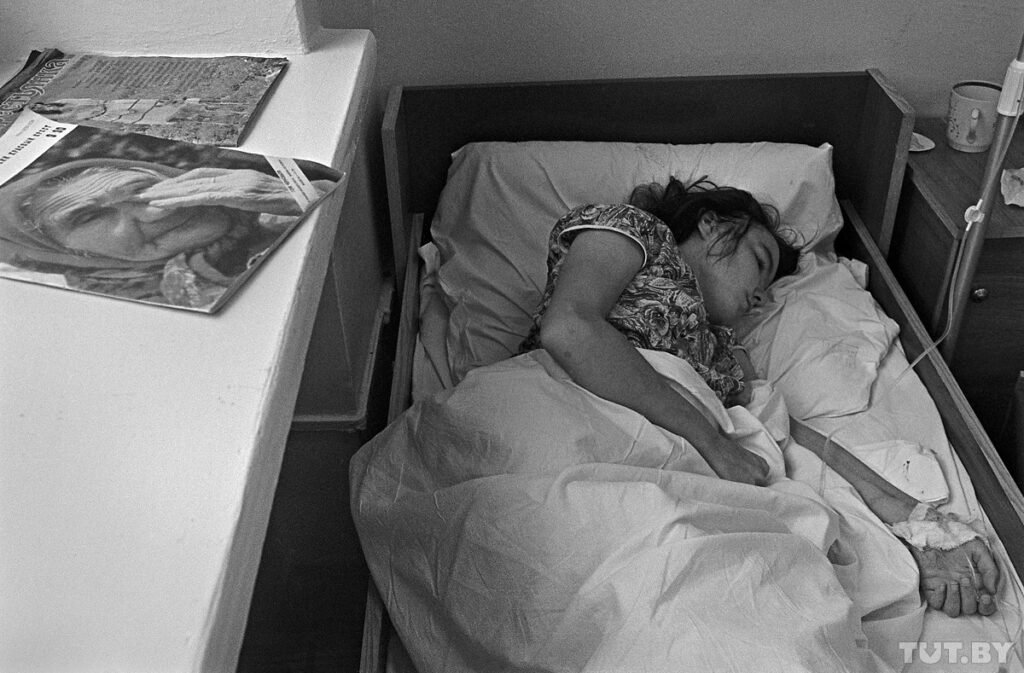
“It seems logical to tell the population the truth so that people would behave the right way. Then, the consequences for their lives and health would have been reduced. Why didn’t the Soviet government follow this way of thinking?” we ask Karshunou.
“You proceed from the fact that people have the right to be informed and decide for themselves on how to act. But this does not fit into the paradigm of the Soviet regime,” Karshunou explains. “People cannot decide for themselves, the government decides for them. Therefore, the information provided on the situation at the nuclear power plant was divided into three blocks: for the population of the USSR, the countries of the socialist camp, and for the West. This was not even information, it was propaganda and a forced excuse,” he adds.
According to Karshunou, today this kind of information is impossible to hide.
“We live in a world of horizontal information where news spreads almost instantaneously from hundreds or even thousands of sources. In Soviet times, there was a hierarchical structure with a center that decided who knew what and who did what. Soviet society was at the grassroots level and had no right to decide anything. But even in 1986, there were people who knew the truth about the accident and passed the information through their channels, primarily to their relatives, in order to save them. There was no Internet back then and information arrived at a very slow pace. Now, it would require an incredible effort to hide such facts. And information would still leak while seriously undermining trust between the state and society. The authorities no longer have that Soviet monopoly on information.”